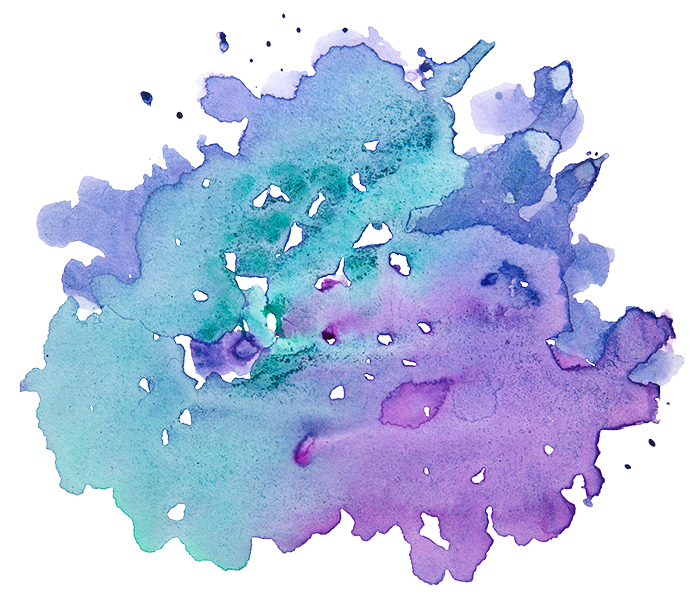The seventh graders of the Jewish Community Day School (JCDS) are building a mikveh in Somerville. Or, to put it more precisely, a team of dedicated JCDS educators (in partnership with Mayyim Hayyim and others) created a week-long Learning Adventure that involved a hands-on education program at Mayyim Hayyim, followed by a week designing all of the elements of a successful mikveh.
 Here’s how it worked: the whole seventh grade was divided into groups that focused on different elements of the project. Teams tackled budget and finance, design and construction, marketing, ritual, and more. Teachers and students met with local educators, rabbis, and lay leaders who advised them on their venture. At the conclusion of their Mikveh Learning Adventure, a panel of Mayyim Hayyim staff, Somerville residents and rabbis, and JCDS leaders, all heard the seventh graders share the plan for their mikveh, named Calming Waters.
Here’s how it worked: the whole seventh grade was divided into groups that focused on different elements of the project. Teams tackled budget and finance, design and construction, marketing, ritual, and more. Teachers and students met with local educators, rabbis, and lay leaders who advised them on their venture. At the conclusion of their Mikveh Learning Adventure, a panel of Mayyim Hayyim staff, Somerville residents and rabbis, and JCDS leaders, all heard the seventh graders share the plan for their mikveh, named Calming Waters.
Our panel heard a well-organized presentation complete with blueprints, a virtual Minecraft tour of their mikveh, a promotional film, a logo, a budget and fundraising plan, and new blessings. For someone who works in the mikveh world, it was surreal to see a group of students tackle this challenge. Having not been there for the founding of Mayyim Hayyim myself, I felt as though I was getting inside of the experience in a new way.
Here are some of my personal highlights from the presentation:
• Calming Waters would be a pluralistic mikveh, open to the whole Jewish community. The neighborhood of Somerville was selected as the location because it has recently experienced a significant growth in its Jewish population and doesn’t yet have a mikveh.
• The mikveh pools would be under Orthodox rabbinic supervision (as Mayyim Hayyim is), to create access for Orthodox guests.
• The promotional brochure prominently displayed their non-discrimination policy on the front, as well as their commitment to religious pluralism.
• The Minecraft tour revealed that there would be an aquatic lift built into the mikveh itself. One student said, “We didn’t want anyone to feel that we had to do something ‘extra’ to accommodate their needs. We just wanted it to be ready for them.”
• Their ritual team created new immersion blessings. They included blessings for marking: a child’s first word; becoming toilet-trained; leaving home for college, the army, or a big trip; overcoming drug and alcohol addiction; turning eighteen; and praying for the strength to speak up.
It was inspiring to see how JCDS teachers offered the students a way to apply their knowledge of math, science, art, social studies, and Judaics in their mikveh planning process. It was thrilling to see how the students took inspiration from Mayyim Hayyim and improved upon our work. They had an aquatic lift (just as we do), but theirs lived by the water permanently. They also created new blessings for experiences that guests are welcome at Mayyim Hayyim to immerse for, but that Mayyim Hayyim hasn’t yet specifically named, such as being released from prison, struggling with mental illness, and more.
When it came time to wrap up the panel, someone asked, “So is this real?” The students looked at each other with big eyes and speculative glances. Jared Matas, their teacher who had originally dreamed up this Learning Adventure, stood at the podium with a grin on his face.
“Honestly, I don’t know. It’s really up to the students where this goes next. It’s as real as we want it to be.” Judging from the passionate conversation the project sparked and their hard work, this mikveh was very real to this seventh-grade class. I remembered that Mayyim Hayyim first began as a very real idea for just one person, Anita Diamant. Over time, the idea became real to many others, until one day, our mikveh was brick-and-mortar-real. It was moving to see JCDS students tackle the first steps to making a mikveh dream a reality. And who knows, if you stumble upon a mikveh in Somerville one day, you’ll know who to thank.


